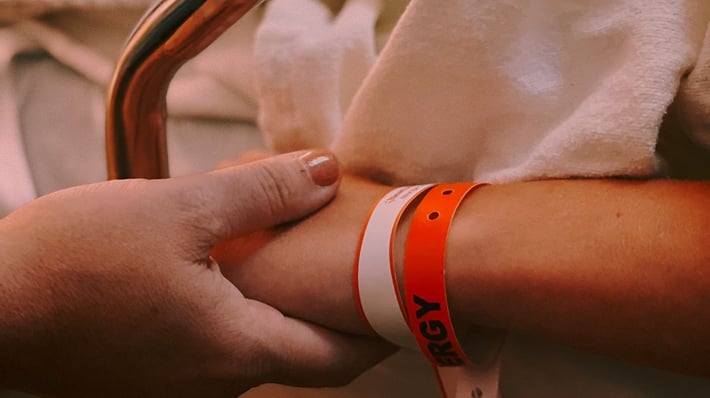
Pediatric radiology teams strive to do everything possible to minimize dose exposure to children during a CT exam. However, even when deploying the latest scanner technologies in combination with dose-optimized protocols there is a limit to the level that dose can be reduced before the images become too noisy. This becomes particularly challenging with very small children, pediatric cancer patients and children with high Body Mass Index (BMI). PixelShine is a new image processing tool that uses Deep Learning methods to significantly reduce CT image noise,
Challenges in Pediatric CT imaging
Because children’s bodies are still growing, they are much more sensitive to the cumulative effects of radiation exposure compared to adults. To address these concerns, organizations like ImageGently and Image Wisely provide appropriate guidelines and imaging protocol recommendations that strive to minimize pediatric dose exposure as much as possible. These include opting for non-x-ray alternatives like Ultrasound and MRI. Or, where dose exposure cannot be avoided, adjusting imaging protocols to reduce dose to the lowest possible level. Unfortunately, even with these best practices’ challenges can persist.
While ultrasound may be the safest and least expensive imaging procedure, it is limited in the anatomy and pathologies that it can visualize as compared to CT imaging. While MRI generates highly detailed and high contrast images, it is often avoided for use with children because long scan times can require sedation. In addition, MRI might not provide a sufficiently detailed view of potential pathology as well as normal structures vs CT, dose not withstanding. A safer, lower dose CT would be a preferred option for those patients where the high resolution, high contrast and significantly shorter scan time of CT is most appropriate.
Achieving the Highest Image Quality at the Lowest Possible Dose
Specialized pediatric facilities are the most likely organizations to have refined, standardized and optimized their CT imaging protocols and procedures to minimize scan times and reduce dose to the lowest possible levels. However, shorter scan times and ultra-low dose procedures commonly produce high image noise that decreases both image clarity and contrast. This image noise can result in reduced conspicuity of small and subtle pathologies, which can result in them being borderline visible or require a longer interpretation time. This problem is exacerbated for infants and small children where pathologies can be very small and difficult to detect. Balancing dose exposure and image noise is a significant challenge for all pediatric patients, particularly for pediatric cancer patients subject to repeat CT imaging or obese children who require a higher dose to produce clear images.
Ensure all pediatric CT imaging settings can benefit
Enhance the Quality and Safety of Pediatric CT Imaging
Because children’s cells are rapidly reproducing, the risk of realizing the damaging effects of radiation exposure is increased for pediatric patients. In this context pediatric CT scans are acquired using low dose. This results in noisy CT scans. AlgoMedica’s PixelShine solution can dramatically reduce CT image noise to deliver the good diagnostic quality.
Ready to take the next step in improving the quality and safety of CT imaging for your pediatric patients? Contact us to learn more.
References:
http://ajnrdigest.org/radiation-dose-and-image-quality-in-pediatric-neck-ct/
.png?width=1000&height=200&name=AlgoMedica-Logo@2x%20(3).png)
